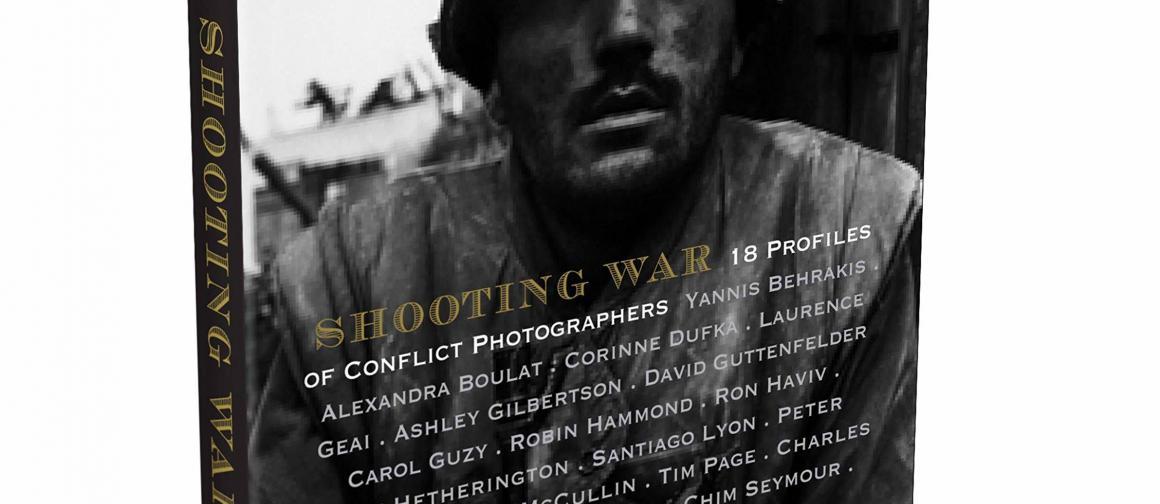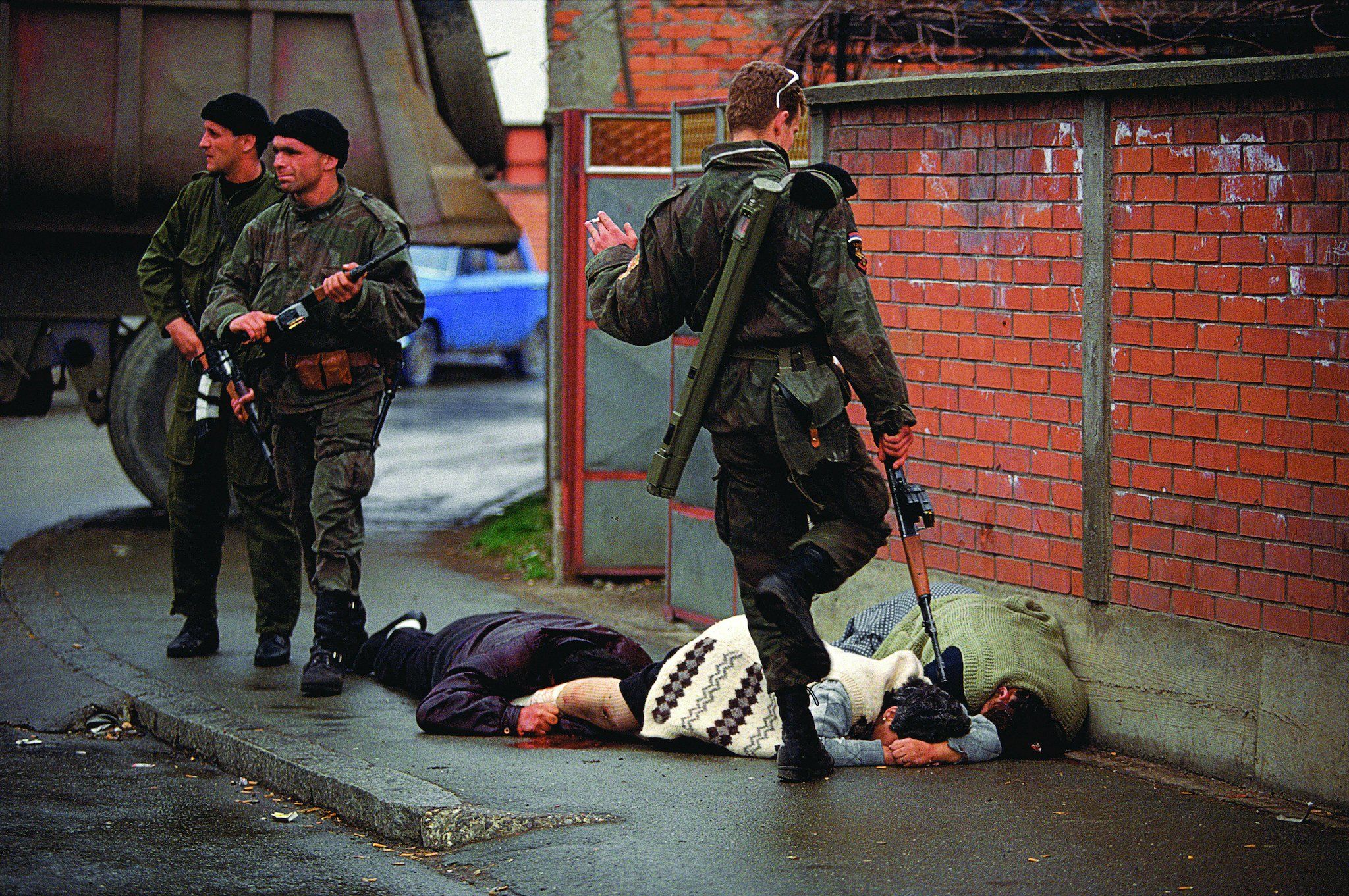
Shooting War by Professor Anthony Feinstein captures the resolve of 18 conflict photographers documenting history. And, the trauma they incur along the way.

The book was featured in the New York Times this morning. All on the heels of TIME naming Khashoggi person of the year. As a journalist these issues concern me. Also, it was the deadliest year for the profession too.
From the book’s description
You are in the Bosnian town of Bijeljina. “No photographs!” the soldiers yell, as the body of the prisoner, hurled from a mosque, lands at your feet.
Shocking stuff. What do you do? Your own life is at risk. Do you put down the camera?
18 Preeminent Conflict Photographers
I don’t know. That’s what makes the book such a compelling read. The author’s sensitive discussions with 18 of the world’s preeminent conflict photographers are emotional and memorable.
Told through a series of essays the photographer’s stories ultimately answer the questions:
- What of the person taking the photograph? The world’s most dangerous places affect them how? Is it physical and emotional trauma?
- What are “moral injury” and “moral luck” and how have these affected the lives of conflict photographers?
- What drives them to bear witness and document these events? In the same vein, how do they focus?
Above all reading about the photographers, you learn what motivates them to enter conflict repeatedly. Also, in conclusion, what happens to them afterwards.
- Sebastião Selgado’s work photographing the migrations of Rwandan refugees fearing for their lives in Tanzania, Rwanda, and the Congo left him so physically and emotionally drained he had to take a break from photography.
- The legendary Don McCullin was beaten by Idi Amin’s thugs, gassed in Northern Ireland, wounded by a shell in Cambodia, assaulted on the streets of Beirut, was under fire in Vietnam, an AK-47 bullet meant for him stopped by his camera
- Tim Hetherington was killed in Libya, Chim Seymour in Egypt.
- Carol Guzy’s experiences in conflict zones led her to seek counseling and help from a psychiatric day hospital.
- Timothy Page’s work in Vietnam came with shrapnel in the brain. Consequently, he had three cardiac arrests.
It’s a lot to take in. Moreover how creativity and resiliency helps the photographers shoot day after day in the world’s worst conflicts.
Find the book at a store near you or from [amazon_textlink asin=’1943876576′ text=’Amazon for $31.45′ template=’ProductLink’ store=’texturadesign-20′ marketplace=’US’ link_id=’6c700c08-0350-11e9-905a-2de4eac3dde3′] in hardcover.
…My daily shooter is Sony A1 with a vertical grip and various Sony lenses attached like the FE 20mm F1.8. Find more gear recommendations in our shop. As an Amazon Associate I earn from qualifying purchases.
